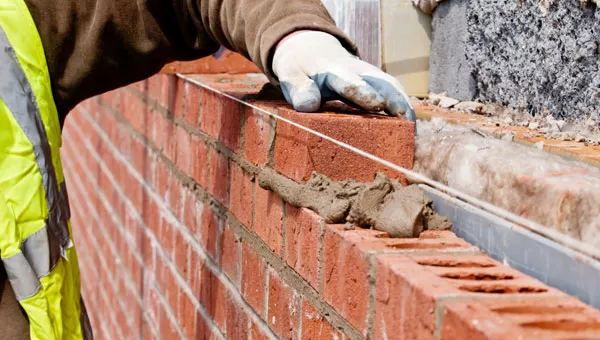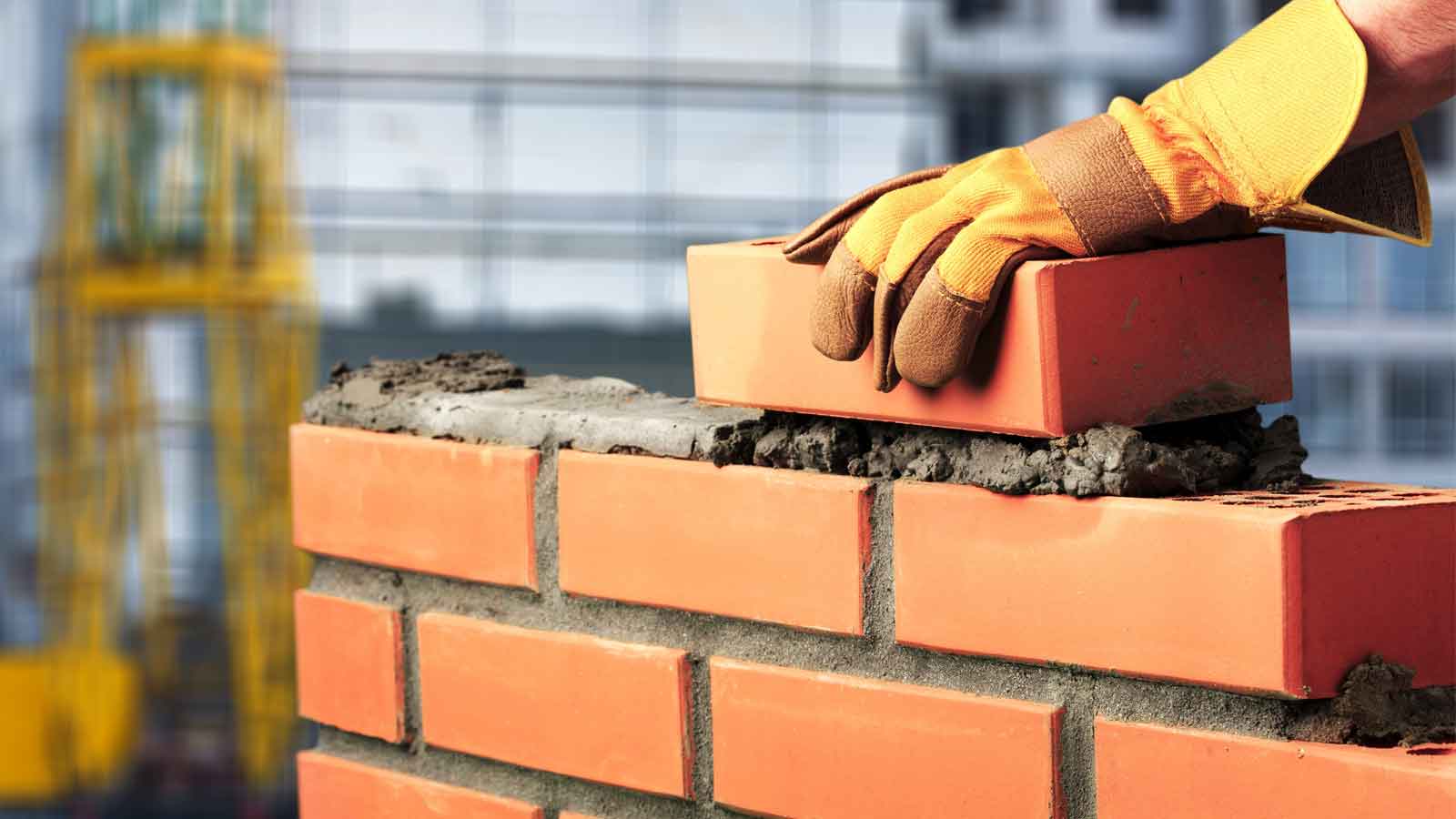Dependable Tuckpointing Services for Restoring Brick and Rock Surfaces
Dependable Tuckpointing Services for Restoring Brick and Rock Surfaces
Blog Article
Unlocking the Secrets of Sustainable Masonry Construction Practices for Eco-Friendly Structures
Among the myriad strategies to environmentally friendly structure, lasting masonry construction stands out as a reliable and resilient method that holds a wealth of untapped potential. From the selection of products to innovative building and construction methods, the tricks to accomplishing sustainability within masonry construction are diverse and appealing.
Benefits of Lasting Masonry Building And Construction
Embracing sustainable stonework building and construction techniques not just minimizes environmental effect yet additionally provides long-lasting financial benefits to builders and areas. By utilizing materials like recycled bricks, blocks, and stones, builders can significantly lower the carbon impact of their projects while promoting source performance. Furthermore, lasting stonework building strategies, such as correct insulation and thermal mass residential or commercial properties, can improve power performance within structures, causing decreased functional expenses gradually.
Moreover, the resilience and durability of masonry frameworks add to long-lasting financial advantages. Structures built utilizing sustainable stonework techniques commonly call for less repair and maintenance, translating to cost financial savings for building contractors and homeowner. The durability of stonework products additionally guarantees that frameworks stay steady and safe and secure, lowering the need for constant renovations or replacements.
Eco-Friendly Masonry Products
Using eco-friendly masonry materials is an essential action in the direction of enhancing the sustainability of building and construction practices and minimizing environmental effect while making the most of lasting economic advantages. Lasting masonry products are sourced, created, and made use of in a manner that reduces general ecological impact. Lasting concrete blocks integrate recycled aggregates and might feature better insulation properties, contributing to energy effectiveness in structures.
Moreover, all-natural products like adobe, rammed earth, and straw bales give superb thermal mass properties, decreasing the demand for heating and cooling power. These products are commonly in your area readily available, promoting regional economies and reducing transportation-related carbon emissions. By picking green stonework materials, building and construction projects can substantially lower their environmental footprint and add to the development of much healthier, a lot more lasting constructed environments.
Energy-Efficient Masonry Techniques
Energy effectiveness plays an important role in boosting the sustainability of masonry building and construction methods. One key energy-efficient masonry technique is the use of thermal mass, which includes including dense materials like concrete or brick into the structure's framework to absorb and store warm.

Innovations in Sustainable Stonework
Current innovations in lasting masonry methods have brought about ingenious techniques that are improving the building market. One such development is the advancement of self-healing concrete, which uses bacteria installed within the concrete to recover splits autonomously. This breakthrough not only reduces upkeep expenses yet likewise boosts the durability of stonework structures, adding to their sustainability.
Another noteworthy innovation is the usage of recycled aggregates in masonry construction - masonry contractor. By incorporating materials such as smashed ceramic waste or recycled glass into concrete blends, building contractors can decrease the environmental impact of building and construction projects while preserving structural honesty. This method not only diverts waste from landfills yet additionally preserves all-natural resources, making it an essential improvement in sustainable masonry building
Moreover, the assimilation of digital layout devices, such as Building Details Modeling (BIM), is revolutionizing the way masonry frameworks are planned and created. BIM enables more specific calculations, decreased material wastefulness, and boosted energy More Bonuses efficiency, eventually resulting in more sustainable structure techniques. These innovations jointly indicate an encouraging future for sustainable stonework building in the age of environment-friendly buildings.
Future Trends in Stonework Sustainability
With the ingenious strides made in lasting stonework methods, the future trends in masonry sustainability are positioned to more transform the building market. Among the crucial patterns shaping the future of masonry sustainability is the enhanced assimilation of modern technology. Advancements such as Structure Information Modeling (BIM) and digital fact simulations are being used to enhance masonry building procedures, other causing decreased material waste and enhanced power efficiency in buildings.
In addition, the advancement of novel lasting products is established to play a substantial function in enhancing the eco-friendliness of stonework building and construction. masonry contractor. Advancements like self-healing concrete, recycled aggregates, and bio-based binders are gaining grip for their capability to lessen environmental influence while preserving structural honesty

Conclusion
Finally, sustainable masonry building practices use many benefits for eco-friendly buildings. By utilizing eco-friendly products and energy-efficient techniques, stonework can add to a more lasting developed environment. Advancements in sustainable masonry are continually being developed to better enhance this the environmental performance of structures. Looking in the direction of the future, the fad of stonework sustainability is expected to grow, bring about more eco-friendly and energy-efficient building and construction methods in the years ahead.
Report this page